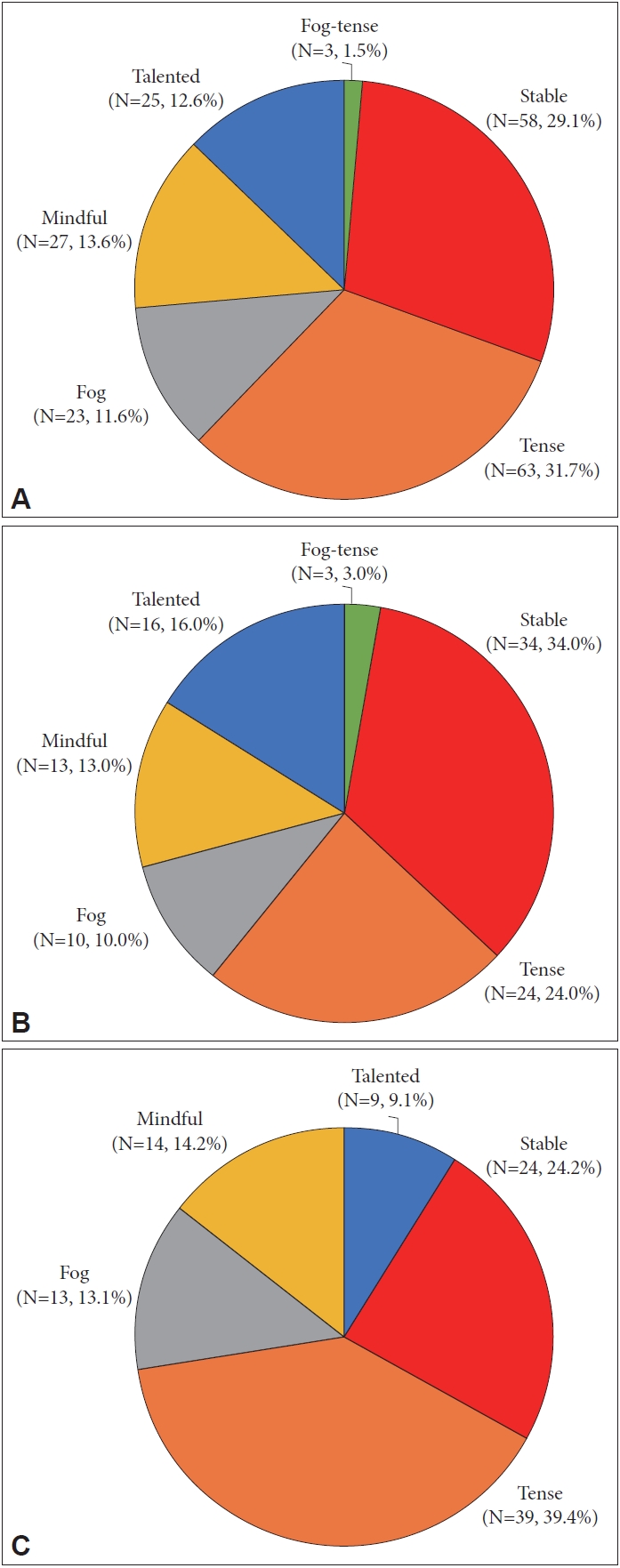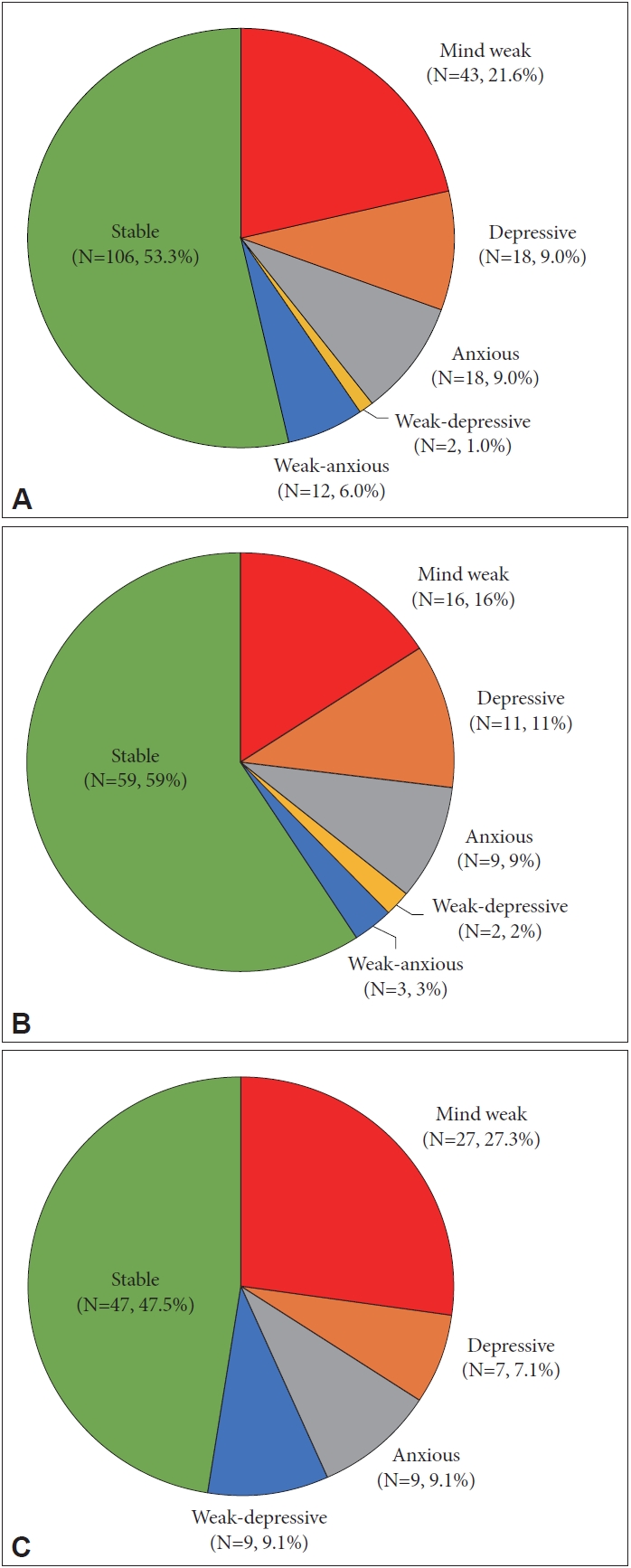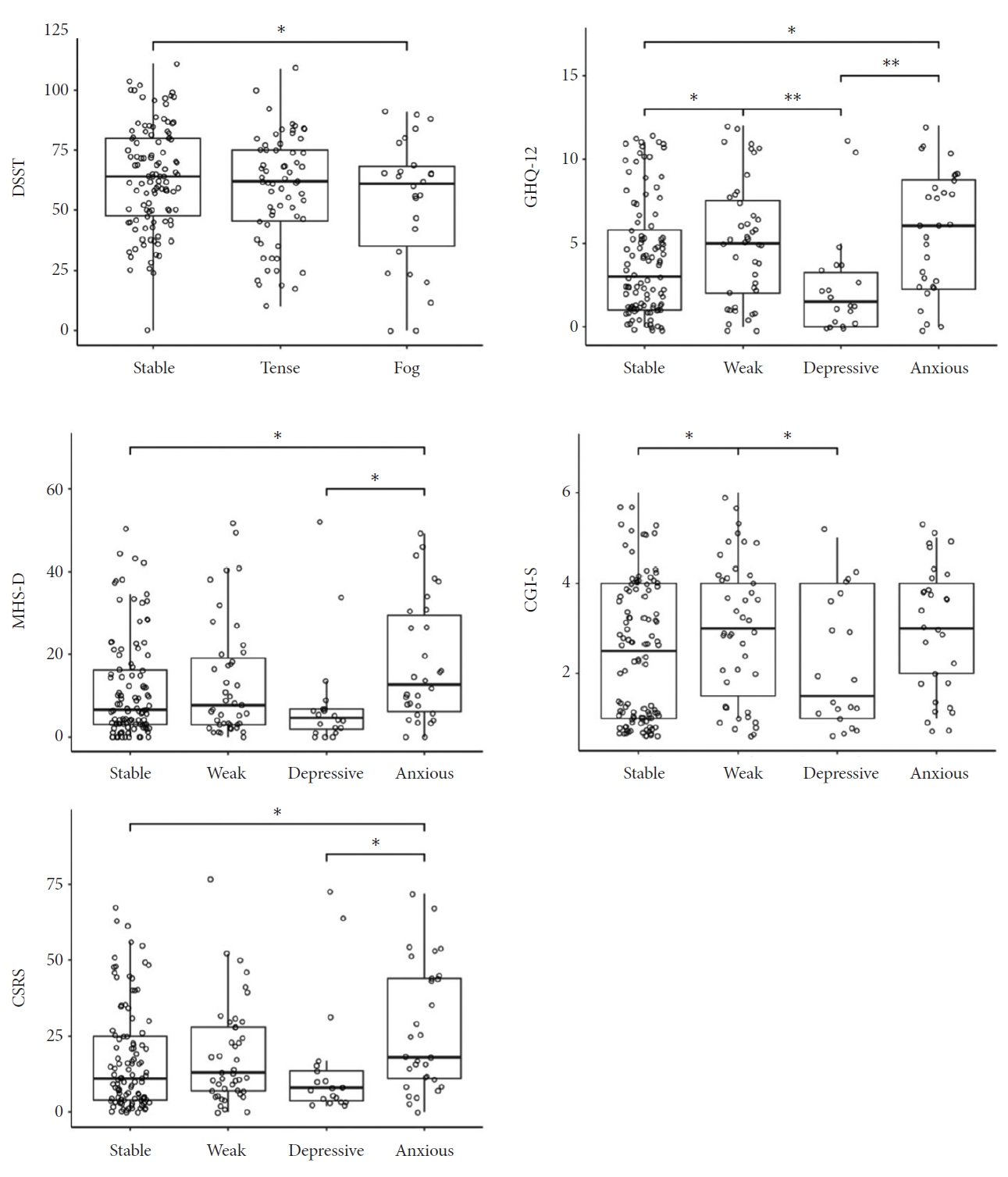 |
 |
- Search
| Psychiatry Investig > Volume 21(5); 2024 > Article |
|
Abstract
Objective
Methods
Results
Notes
Availability of Data and Material
The datasets generated or analyzed during the study are available from the corresponding author on reasonable request.
Conflicts of Interest
The authors have no potential conflicts of interest to disclose.
Author Contributions
Conceptualization: Yunsu Kim. Data curation: Junseok Hwang, Seongwon Jang, Jaehyung Lee, Yumi Im, Seung-Hwan Lee. Formal analysis: Yunsu Kim, Junseok Hwang. Funding acquisition: Seung-Hwan Lee. Investigation: Yunsu Kim. Methodology: Yunsu Kim, Junseok Hwang, Seung-Hwan Lee. Project administration: Seung-Hwan Lee. Resources: Seung-Hwan Lee. Software: Junseok Hwang, Seongwon Jang, Jaehyung Lee, Yumi Im, Seung-Hwan Lee. Supervision: Seung-Hwan Lee. Validation: Yunsu Kim. Visualization: Yunsu Kim. Writing—original draft: Yunsu Kim. Writing—review & editing: Yunsu Kim, Sunkyung Yoon, Junseok Hwang, Seung-Hwan Lee.
Funding Statement
This work was supported by the Technology development Program(S3197996) funded by the Ministry of SMEs and Startups (MSS, Korea).
Figure 1.

Figure 2.

Figure 3.

Table 1.
| Measure | Stable (N=110) | Tense (N=63) | Fog (N= 26) | F(2, 196) | Post-hoc |
|---|---|---|---|---|---|
| MHS-D | 11.76 (12.96) | 13.66 (13.65) | 12.76 (12.83) | 0.424 | |
| MHS-A | 12.29 (11.65) | 14.50 (12.89) | 10.80 (10.15) | 1.112 | |
| CSRS | 17.50 (17.25) | 21.37 (19.69) | 18.42 (16.76) | 0.932 | |
| GHQ-12 | 4.05 (3.52) | 4.86 (3.59) | 4.31 (3.74) | 1.036 | |
| CGI-S | 2.48 (1.46) | 2.95 (1.57) | 2.69 (1.52) | 1.966 | |
| DSST | 63.64 (21.51) | 58.89 (22.45) | 53.65 (26.95) | 2.398† | Fog<stable |
| Maumgyeol brain | 81.82 (5.13) | 75.88 (6.99) | 66.20 (12.67) | 54.442*** | Fog<stable |
| Maumgyeol mind Incl. | 72.30 (15.39) | 69.15 (17.57) | 68.78 (16.82) | 0.988 | |
| Maumgyeol mind Excl. | 69.40 (16.29) | 69.15 (17.57) | 61.24 (18.59) | 2.505† | Fog<tense, stable |
Values are expressed as mean (SD). For the statistical comparison, mindful and talented were categorized as stable, and fog-tense was categorized as fog.
EBSI, electroencephalography- and photoplethysmogram-based Bwave State Inventory; MHS-D, Mental Health Screening Tool for Depressive Disorders; MHS-A, Mental Health Screening Tool for Anxiety Disorders; CSRS, Cognitive Stress Response Scale; GHQ-12, Korean Version of the General Health Questionnaire; CGI-S, Clinical Global Impression-Severity scale; DSST, Digit-Symbol Substitution Test; Incl., including psychological scale score; Excl., excluding psychological scale score; SD, standard deviation
Table 2.
| Measure | Stable1 (N=106) | Weak2 (N=43) | Depressive3 (N=20) | Anxious4 (N=30) | F(3, 195) | Post-hoc |
|---|---|---|---|---|---|---|
| MHS-D | 11.47 (12.04) | 13.36 (13.97) | 8.14 (12.68) | 17.76 (14.72) | 2.693* | 1, 3<4 |
| MHS-A | 11.97 (11.53) | 13.93 (11.74) | 10.07 (12.14) | 15.91 (12.96) | 1.345 | |
| CSRS | 17.43 (16.97) | 18.63 (16.59) | 14.55 (19.70) | 27.00 (20.66) | 2.722* | 1, 3<4 |
| GHQ-12 | 3.99 (3.43) | 5.12 (3.64) | 2.50 (3.14) | 5.67 (3.64) | 4.380** | 1, 3<4 |
| 1, 3<2 | ||||||
| CGI-S | 2.48 (1.49) | 3.02 (1.55) | 2.25 (1.45) | 3.03 (1.45) | 2.475† | 1, 3<2 |
| DSST | 61.16 (22.72) | 60.58 (22.22) | 63.05 (24.90) | 58.53 (22.97) | 0.173 | |
| Maumgyeol brain | 79.06 (7.75) | 76.64 (9.71) | 73.89 (10.89) | 78.27 (8.99) | 2.345† | 3<1 |
| Maumgyeol mind Incl. | 78.12 (13.29) | 56.85 (11.72) | 78.08 (10.02) | 60.37 (16.55) | 80.903*** | 2, 4<1, 3 |
| Maumgyeol mind Excl. | 78.20 (10.60) | 48.57 (5.60) | 72.68 (9.28) | 56.81 (19.05) | 34.962*** | 2<4<3<1 |
Values are expressed as mean (SD). For the statistical comparison, weak-depressive and weak-anxious were categorized as depressive and anxious, respectively.
EBSI, electroencephalography- and photoplethysmogram-based Bwave State Inventory; MHS-D, Mental Health Screening Tool for Depressive Disorders; MHS-A, Mental Health Screening Tool for Anxiety Disorders; CSRS, Cognitive Stress Response Scale; GHQ-12, Korean Version of the General Health Questionnaire; CGI-S, Clinical Global Impression-Severity scale; DSST, Digit-Symbol Substitution Test; Incl., including psychological scale score; Excl., excluding psychological scale score; SD, standard deviation
Table 3.
Table 4.
REFERENCES







